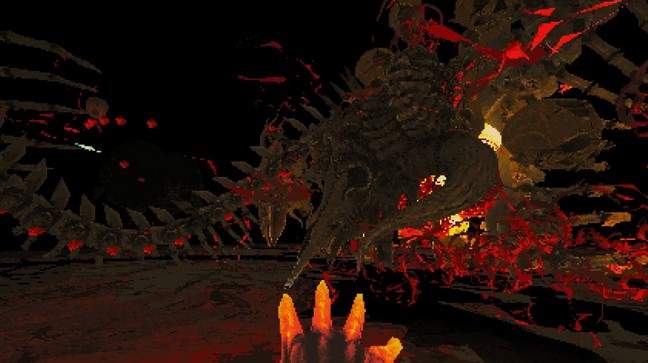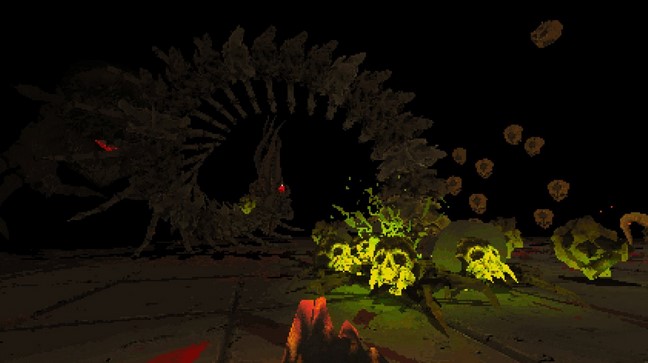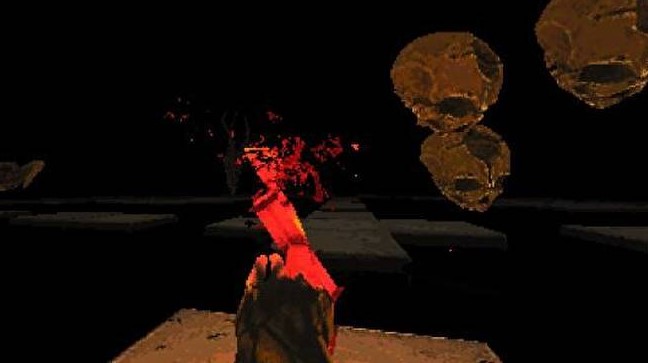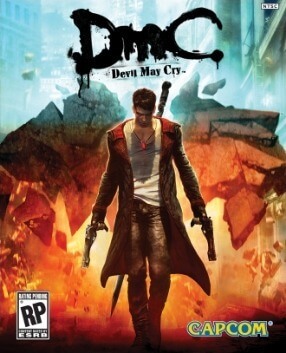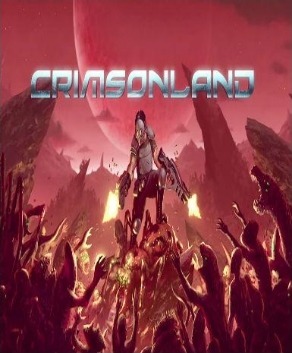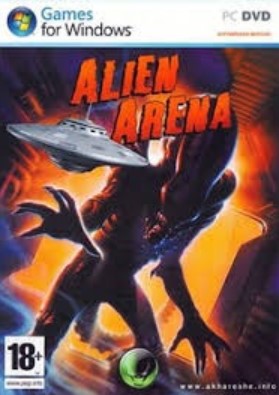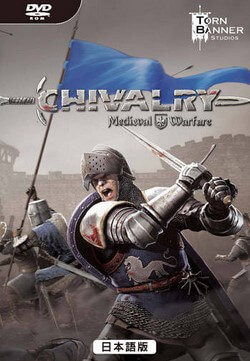Devil Daggers is a first-person shooter video game developed and published by indie development team Sorath. Players are tasked with surviving for as long as possible against swarms of demonic enemies on an arena shrouded in darkness. The player character can fire daggers from their fingers to eliminate foes and move about to avoid contact with them. The player dies upon touching an enemy, and as time passes, more threatening creatures begin to appear. Survival times are recorded on a global leaderboard where replays of playthroughs can be accessed and viewed. The deliberate use of unfiltered textures and effects like polygon jitter and texture warping make its visual style reminiscent of early 3D games released in the 1990s.
Devil Daggers was released for Windows in February 2016, after being greenlit for release on digital distribution platform Steam. OS X and Linux versions were released in July and September 2016 respectively. The game received a positive reception from reviewers, with praise directed towards its sound design, unique visual style and challenging gameplay. However, some reviewers noted that during the latter stages of the game, the overwhelming number of enemies and visual style made it difficult to understand what was happening. Critics likened the aesthetics, movement and shooting mechanics of Devil Daggers to Doom, Quake and other first-person shooters of the 1990s.
Gameplay
Devil Daggers is a shooter video game with gameplay experienced from a first-person perspective. The goal of the game is to kill demonic enemies and survive for as long as possible. Devil Daggers opens with the player character standing in a shadowy room; in front of them is a floating dagger illuminated by a spotlight. Upon retrieving the dagger, the player is transported to a flat, floating platform arena cloaked in darkness. In the arena, demonic enemies begin spawning. Initially, a series of tentacled, towering creatures spawn and start releasing swarms of flying skulls that pursue the player. As time progresses, more exotic creatures that pose a greater threat and exhibit different behaviour begin to appear. Each enemy makes a unique and continuous noise, so that the player is able to recognise what type of enemy is approaching them.
The player kills enemies by firing daggers from their fingers. There are two firing options: clicking the left-mouse button fires a shotgun-like blast of daggers with a wide spread, and holding the mouse button down fires a precise, continuous stream of daggers. Some enemies have weak spots indicated by red crystals on their bodies. Once dead, the red crystals are dropped and can be gathered by the player to obtain attack upgrades, such as increased damage and homing daggers. The player dies when coming into physical contact with an enemy or falling off the stage. At the top of the screen, a timer displays how long the playthrough has lasted. The player's best survival time is published on a global leaderboard. Accessed via the leaderboard, replays of playthroughs can be downloaded and watched from either a first-person view or a top-down perspective.
As enemies accumulate in the arena, the amount of safe space decreases. This, alongside the enemies' aggressive behaviour, encourages constant player movement and spatial awareness. The player character can move at high speed and jump to perform evasive manoeuvres. The game employs advanced movement techniques to increase player speed and jump height. The player can gain a speed boost by strafing while jumping. The shotgun-like blast can supplement the jumping mechanism; the player can be propelled further and perform a double jump by firing downwards while still in the air.
Development and release
Devil Daggers was developed by Sorath, a Melbourne-based independent video game developer. The development group was formed by Matt Bush, a member of Dustforce creators Hitbox Team. The game's art direction and rendering engine were designed to reimagine the aesthetics and graphical style of video games from the 1990s. This was achieved by making use of unfiltered textures, jagged 3D models, and the deliberate implementation of polygon jitter and texture warping found in early 3D games. Jitter and warping were often considered technical flaws of PlayStation games; however, the recreation of these effects in Devil Daggers is to make enemies shudder and ripple during movement. Enemy designs are hellish, with some entities taking the form of insectoids with skeletal features. Audio is composed largely of distorted and abstract sounds with compressed, digitised screams used to produce unsettling noises for the creatures.
Sorath submitted Devil Daggers to Steam Greenlight, a community selection system, so that the game could be released on digital distribution platform Steam. The game was successfully greenlit and released for Windows on 18 February 2016. On 6 July 2016, Sorath released an OS X version of Devil Daggers. Alongside this release, two new enemy types were added to the game and the Devil Daggers soundtrack was added to the game's directory. Support for vertical sync, increased field of view, and virtual surround sound via HRTF-processing were also added. On 19 September 2016, a Linux version of Devil Daggers was released along with the ability to view replays from a top-down perspective. The update also added more statistics such as tracking a player's total survival time across all runs.






